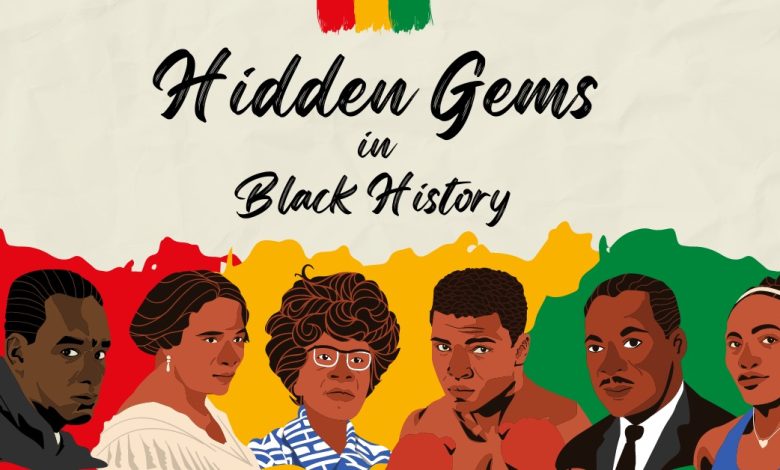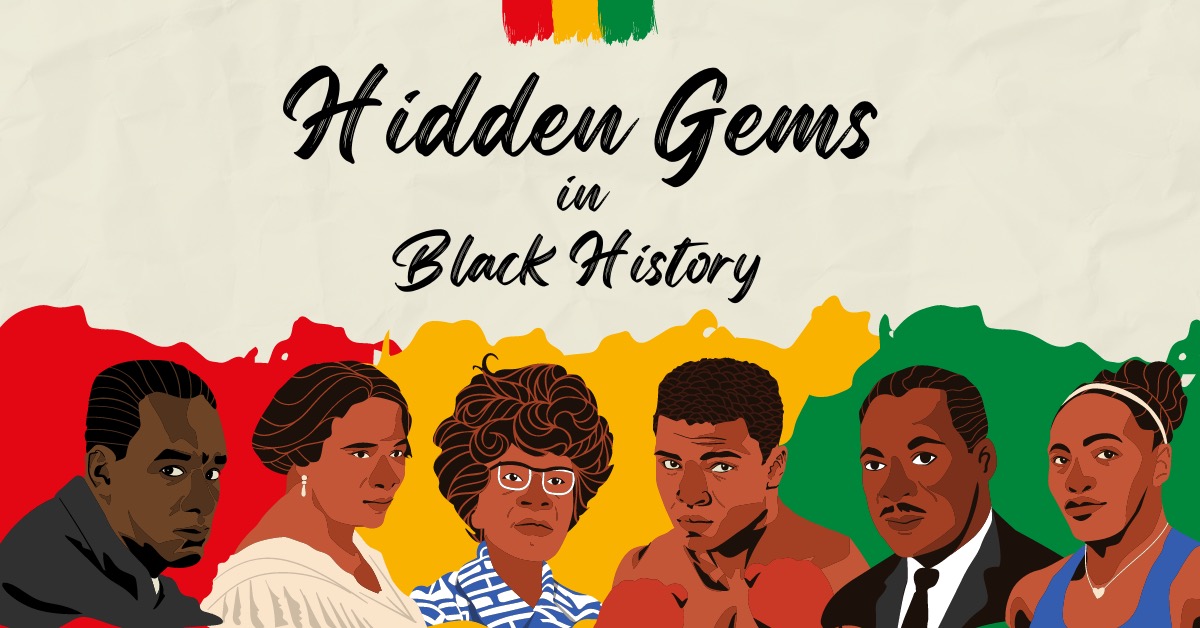African Iron Metallurgy & Toolmaking


Ancient Africans made great strides in the fields of metallurgy and toolmaking. Steam engines, metal tools and artifacts, carbon steel, nails, glue, iron and copper tools and weaponry, bronze artifacts, and carbon steel are all part of this category.
Upon learning about the remarkable advancements made in Tanzania, Rwanda, and Uganda between 1,500 and 2,000 years ago, the Europeans were astounded since they outpaced Europeans’ capabilities at the time. Compared to the Romans, ancient Tanzanians had furnaces that could reach temperatures of 1,800°C, which is 200 to 400°C higher.
The Study Of African Iron Metallurgy
The study of African iron metallurgy holds significant anthropological and historical importance. Indigenous Origins: the growing body of archaeological evidence points to an indigenous African origin for iron smelting, beginning at around 3000 BCE. This casts doubt on the idea of outside forces influencing Africa’s technical progress and brings attention to the continent’s position in this arena.
First, the social impact. Indigenous peoples’ views of the natural and social order were intricately related to the metalworking processes. These views affected organization, manufacturing, and commerce. Gaining insight into this setting illuminates the progress of African civilizations. The development of metal tools marked a turning point because they gave people more power over their surroundings, altering human settlement patterns, political systems, and economic output. A turning point in West African history occurred with iron metallurgy.
How Did African Societies Use Iron Tools?
Iron implements profoundly impacted African nations, molding their culture, economy, and way of life.
- The Production of Food and Agriculture. Farming was transformed with the invention of iron implements such as sickles, hoes, and plows. Farmers were able to cultivate bigger regions, which resulted in greater food production. Along with spears and arrows tipped with iron, they used these tools for hunting and defense.
- Expertise and Creativity. A blacksmith’s deft touch allowed him to make jewelry, swords, and tools from iron. Their efforts were much appreciated. Intricate jewelry, sculptures, and ornamental things were made from it, in addition to weapons and inventiveness.
- Buildings and architectural plans. The use of iron tools made it easier to create roads, fences, and structures. Carpenters and masons relied heavily on iron tools, nails, and hinges.
- Commercial Exchanges. Trade networks benefited from iron tools since they allowed for more efficient manufacture of commodities. Artifacts made of iron were traded for money or other precious goods.
- Social and Ritual Significance. Objects made of iron were considered sacred and often used in ceremonial rituals. There was a strong correlation between iron and ancestry, as well as power and authority.
- Applied in the Home. Iron cookware, including knives, pots, and utensils, was used in everyday life in the home. Iron offered long-lasting and functional answers to common problems.
Iron tools were integral to African societies, impacting technology, culture, and social structures. Their legacy continues to shape our understanding of history and innovation.
This is a part of our new series – “Hidden Gems in Black History,” where we highlight uncommon facts throughout Black history. Join us every day during Black History Month for interesting facts about Black people and places you likely haven’t heard before!




